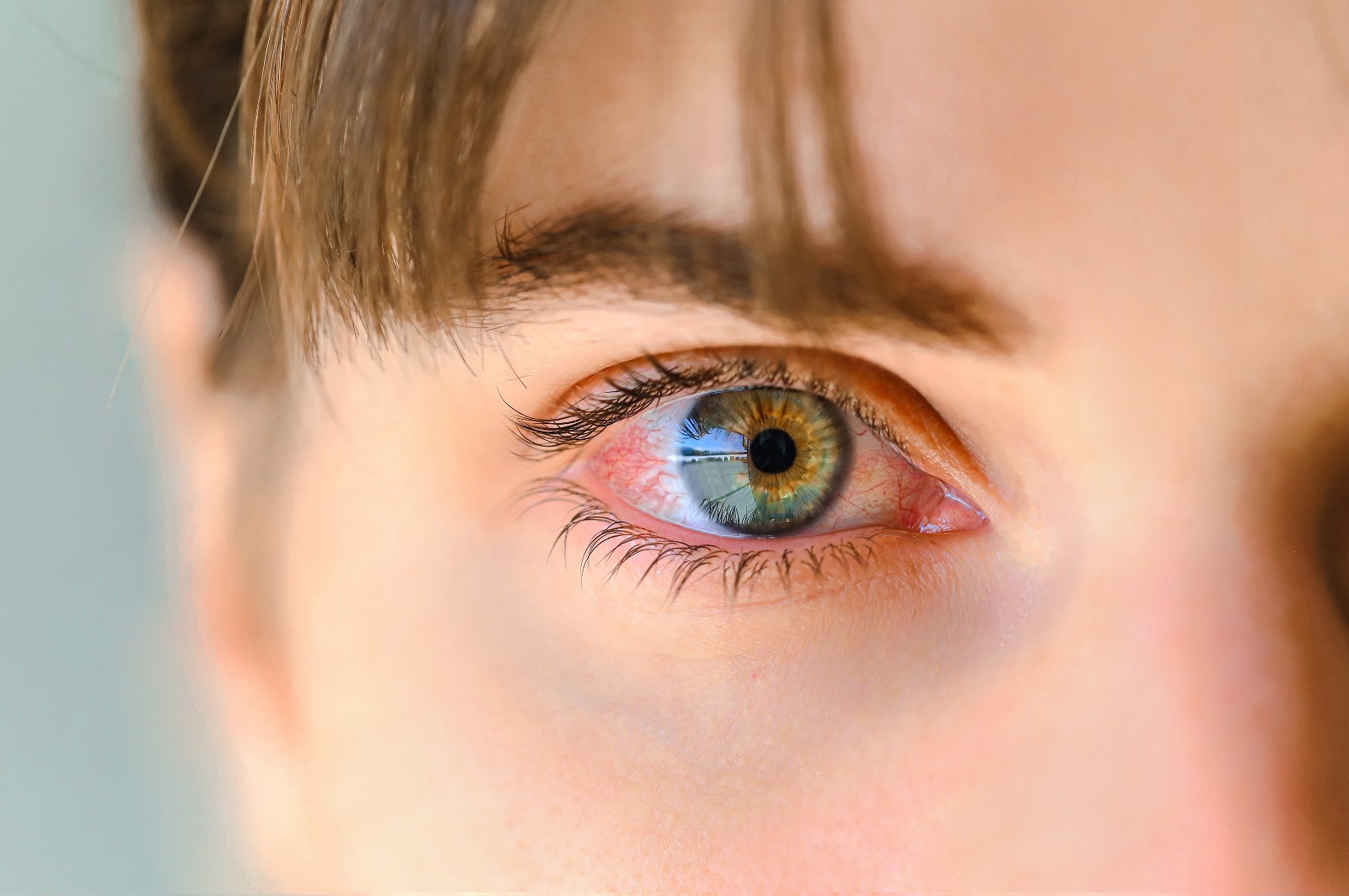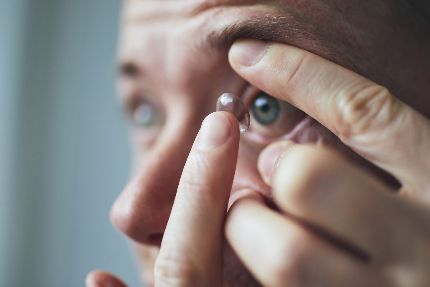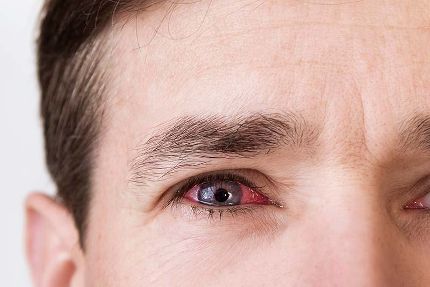Red Eye(s)

When the white part of your eye turns red, it could indicate multiple underlying factors. While most of these are not harmful, certain situations require immediate medical attention.
A red eye or pink eye, commonly referred to as bloodshot eyes, presents as the visible redness of the white part of the eye (sclera). This discoloration occurs when the blood vessels on the surface of the eye become dilated or enlarged. The appearance of red eyes can vary, ranging from a subtle pinkish tint to a more pronounced and deep red hue.
In addition to the overall redness, individuals may experience other symptoms associated with bloodshot eyes. These can include red spots or red bumps around the eyes, red lines within the whites of the eyes and -in some cases- red dots. Itchy sensations, watery eyes, and a feeling of dryness are common accompanying symptoms.
Discharge from the eyes, may also be present. For some, red eyes are a temporary and minor issue, while for others, it may be a persistent concern. Identifying the specific symptoms and their underlying causes is crucial in determining appropriate remedies and treatments for red eyes
- Experience heavy eye pain or aches
- See flashes or experience increased light sensitivity
- Have visual changes such as blurriness or seeing altered shapes
- Lose total or partial vision

Red eyes can result from diverse causes like contact lens use, allergies, drug us such as cannabis, or exposure to irritants or chemicals. While often not severe, red eyes with symptoms like pain, reduced vision, or increased light sensitivity require immediate attention.
Red eyes can arise from various causes. Prolonged use of contact lenses may reduce oxygen supply to the cornea, resulting in redness. Allergic reactions, whether triggered by airborne factors like pollen and hay fever or contact allergies from makeup or lens solutions, can lead to red, itchy eyes. Exposure to irritants corrosive substances such as chlorine and acids may cause eye irritation and redness. Use of weed (Cannabis) or other drugs can also cause redness of eyes. The presence of foreign objects in the eye, such as specks or splinters, can lead to redness, tearing, and discomfort. Trauma, whether physical or related to corneal damage from activities like rubbing the eyes, can result in redness, tearing, and light sensitivity.
Conjunctivitis, stemming from factors like eye rubbing, dust, wind, dry eyes, or viral infections, can also cause red eyes. Sudden painless red spots on the white part of the eye may indicate a ruptured blood vessel or episcleritis. Environmental factors, like allergies to the oak processionary caterpillar, can lead to red eyes, swollen eyelids, and a feeling of something in the eyes. Corneal damage from exposure to bright light and chemical irritants such as chlorine, lime, acids, or detergents can also result in red eyes accompanied by pain, irritation, and light sensitivity.
- Eye Pain
- Increased Light Sensitivity
- Seeing sudden light flashes
- Visual field defects
These symptoms may indicate serious conditions such as eye infections, corneal inflammations, acute glaucoma, or uveitis.
- A red eye is often benign but can occasionally signal serious issues.
- If your eye hurts, vision decreases, or light becomes intolerable, contact your GP immediately.
- Timely attention to symptoms ensures appropriate care and prevents potential complications.

If you notice a change or loss in your field of vision, see a doctor as soon as possible. It's crucial to be proactive about your eye health.
Did you know that only 3% of people know the alarming signals? Ensure you are part of the informed majority and prioritize your eye health by recognizing and acting upon these warning signs.
- High eye pressure/glaucoma runs in your family.
- You have diabetes
- You are over 55 years old.
- Pain in the Eyes: If you notice persistent pain in your eyes, seek prompt medical attention.
- Seeing Flashes or Spots Frequently: Frequent flashes or spots in your vision may indicate underlying issues.
- Rapid Deterioration of Vision: If your vision deteriorates rapidly over a short period, it requires immediate attention.
- Double Vision in One Eye: Experiencing double vision in one eye is a concerning symptom that should not be ignored.
- Seeing Straight Lines as Waves: Distorted vision, such as seeing straight lines as waves, could signal a serious problem
- Always Needing More Light: If you find yourself constantly needing more light to see well, consult a doctor.